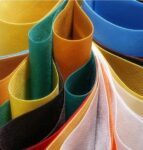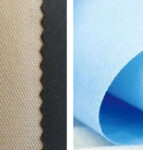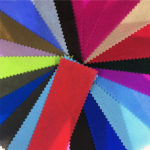Non woven fabric is a versatile material that is increasingly being used in a variety of industries, from medical to home products. This revolutionary fabric is made from fibers that are bonded together without the need for weaving or knitting, giving it a unique set of properties that make it an attractive choice for a wide range of applications. In the medical field, non woven fabric is used to create surgical masks, gowns, and other protective clothing that is essential for healthcare workers. But it’s not just the medical industry that is benefiting from this innovative material. Non woven fabric is also being used to create household products like wipes, diapers, and cleaning cloths, as well as in construction, automotive, and agriculture industries. With its durability, absorbency, and cost-effectiveness, it’s no wonder that non woven fabric is becoming an increasingly popular choice for a wide range of products. In this article, we’ll take a closer look at how non woven fabric is revolutionizing industries and changing the way we live and work.
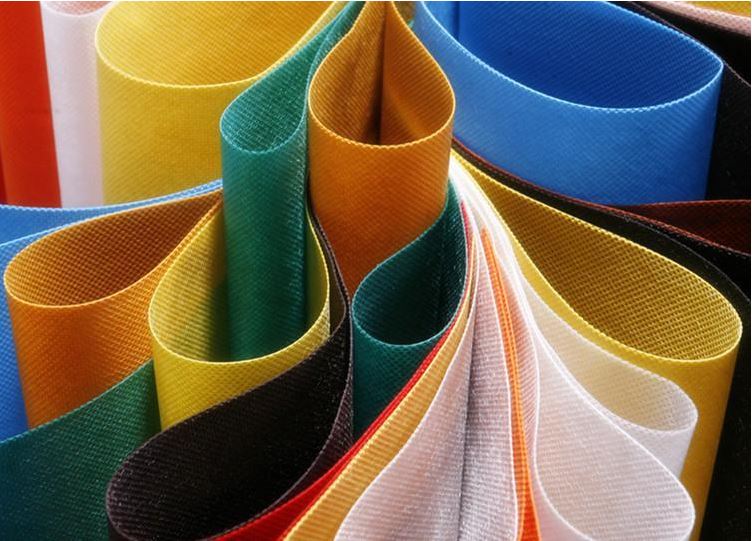
What is non-woven fabric?
Non-woven fabric is a type of fabric that is made by bonding fibers together without the need for weaving or knitting. It is created by combining fibers using heat, chemicals, or pressure. Non-woven fabric can be made from a variety of materials, including polyester, polypropylene, and nylon. The fibers are often mixed with other materials like glue or resin to give them additional properties.
One of the significant advantages of non-woven fabric is that it can be made in various thicknesses and densities. This makes it suitable for a wide range of applications, from lightweight materials like facial tissues to heavier materials like carpets. Additionally, non-woven fabric can be made in various colors, making it a popular choice in the fashion industry.
The benefits of non-woven fabric
Non-woven fabric has several advantages that make it an attractive choice for a wide range of industries. Firstly, it is cost-effective and can be produced at a lower cost than other fabrics. Secondly, it is durable and can withstand wear and tear, making it ideal for products that need to last a long time. Thirdly, it is absorbent, making it suitable for products like wipes and diapers. Lastly, non-woven fabric is lightweight, making it easy to transport and handle.
Another benefit of non-woven fabric is that it is environmentally friendly. Unlike traditional fabrics that are made by weaving or knitting, non-woven fabric does not produce any waste. Additionally, non-woven fabric can be recycled, making it an eco-friendly choice.
Non-woven fabric in the medical industry
Non-woven fabric is widely used in the medical industry to create surgical masks, gowns, and other protective clothing. One of the advantages of non-woven fabric in the medical industry is that it is disposable. This means that it can be used once and then discarded, reducing the risk of cross-contamination.
Non-woven fabric is also used in the medical industry to create wound dressings and other medical products. The absorbent properties of non-woven fabric make it ideal for use in wound care products as it can absorb fluids and prevent infections.
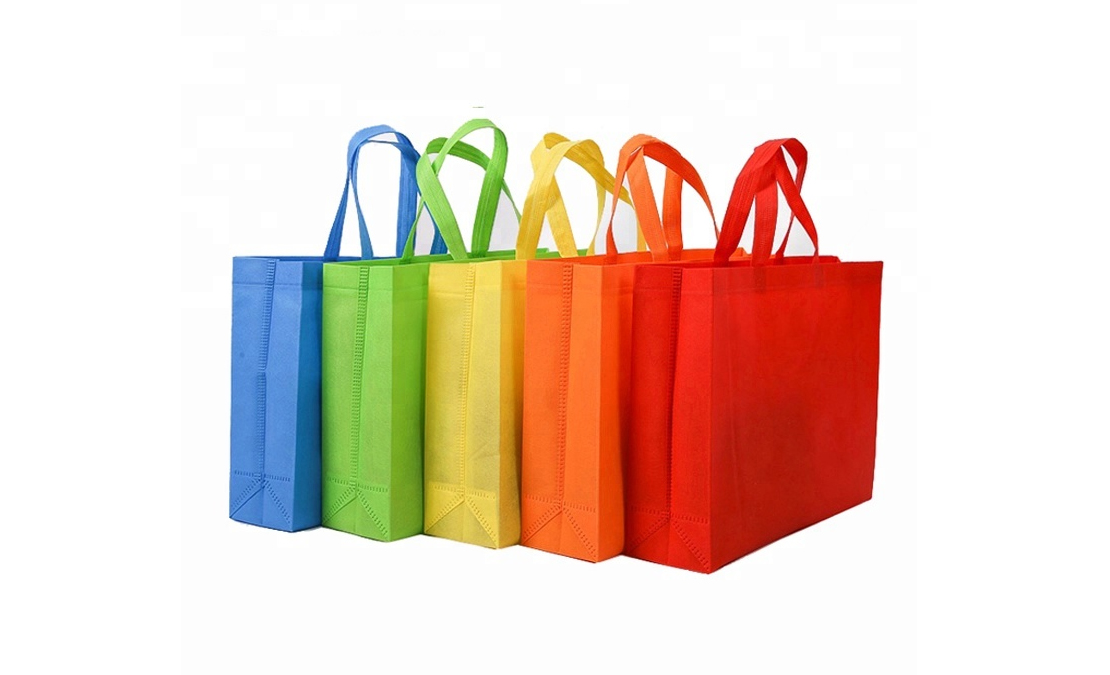
Non-woven fabric in the home products industry
Non-woven fabric is also used in the home products industry to create a variety of products like wipes, diapers, and cleaning cloths. The absorbent properties of non-woven fabric make it ideal for use in products that need to absorb liquids like cleaning cloths and diapers.
Additionally, non-woven fabric is used to create air and water filters. The unique properties of non-woven fabric make it an ideal material for filters as it can trap small particles and contaminants.
Non-woven fabric in the automotive industry
Non-woven fabric is used in the automotive industry to create a variety of products like car upholstery, carpets, and insulation. The durability and wear-resistant properties of non-woven fabric make it ideal for use in car interiors. Additionally, non-woven fabric can be made to be flame retardant, making it suitable for use in car insulation.
Non-woven fabric in the fashion industry
Non-woven fabric is also used in the fashion industry to create a variety of products like bags, shoes, and hats. The lightweight and durable properties of non-woven fabric make it ideal for use in fashion products. Additionally, non-woven fabric can be made in various colors, making it a popular choice in the fashion industry.
Non-woven fabric in the construction industry
Non-woven fabric is used in the construction industry to create a variety of products like insulation, roofing, and wall coverings. The insulation properties of non-woven fabric make it ideal for use in construction products. Additionally, non-woven fabric can be made to be water-resistant, making it suitable for use in roofing products.
Non-woven fabric in the agriculture industry
Non-woven fabric is used in the agriculture industry to create a variety of products like crop covers and seedling mats. The absorbent properties of non-woven fabric make it ideal for use in agriculture products as it can retain moisture and protect plants from pests.
Additionally, non-woven fabric can be made to be UV resistant, making it suitable for use in agricultural products that are exposed to sunlight.
Conclusion: The versatility of non-woven fabric
Non-woven fabric is a versatile material that is revolutionizing multiple industries. It is cost-effective, durable, and has unique properties that make it an attractive choice for a wide range of applications. Non-woven fabric is being used in the medical, home products, automotive, fashion, construction, and agriculture industries. The absorbent, lightweight, and environmentally friendly properties of non-woven fabric make it an ideal material for a wide range of products. As technology continues to advance, we can expect to see non-woven fabric being used in even more innovative ways.
